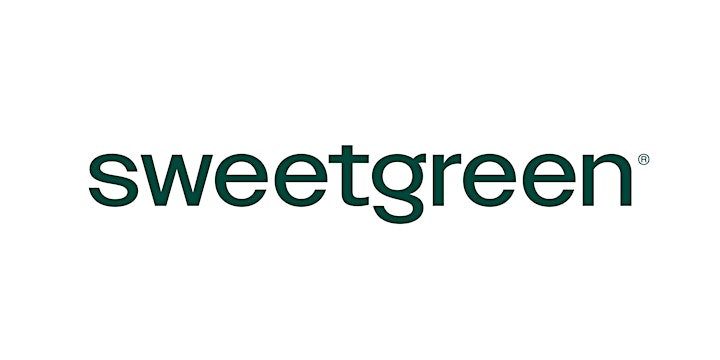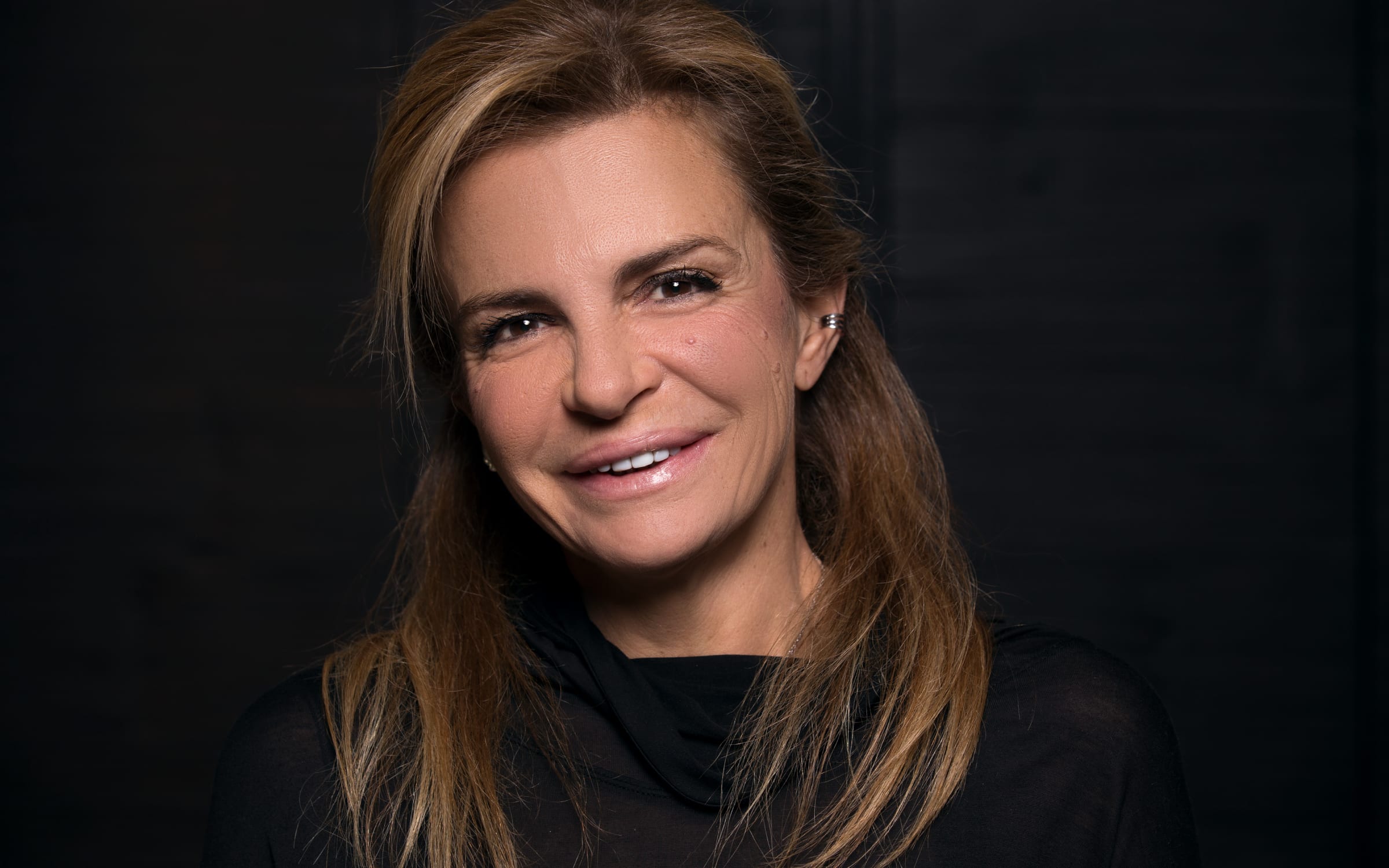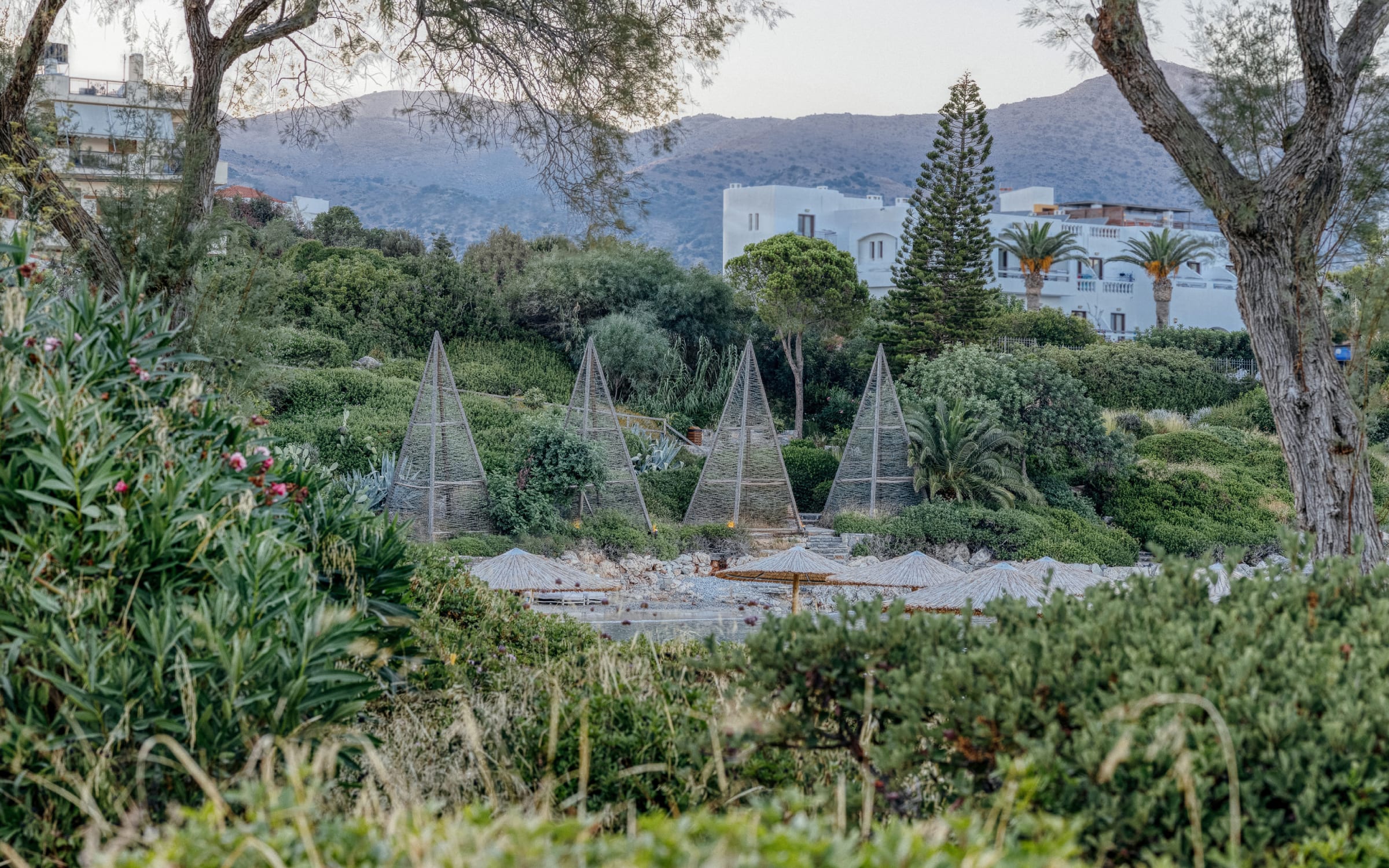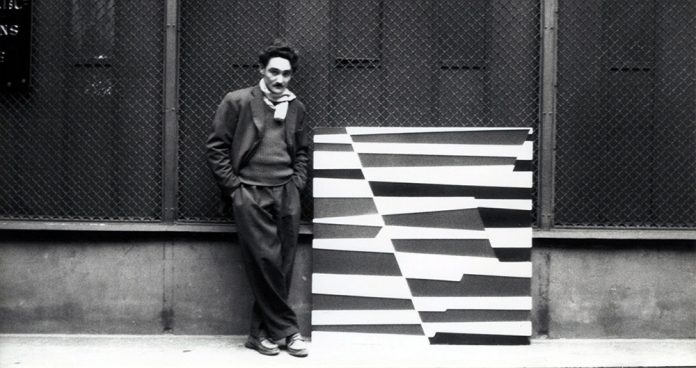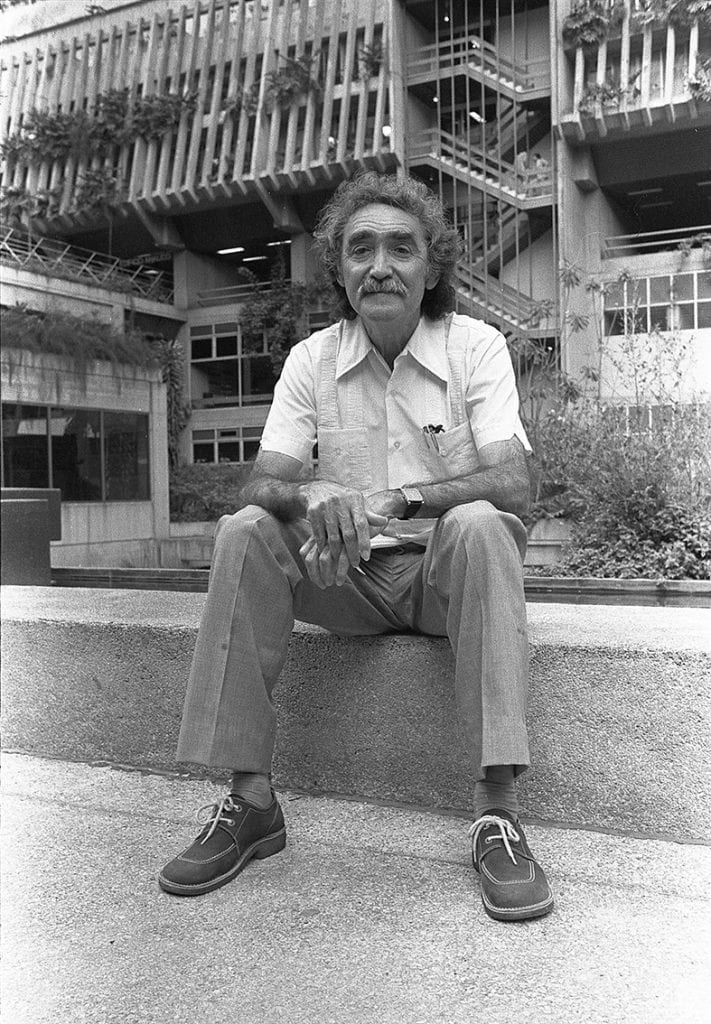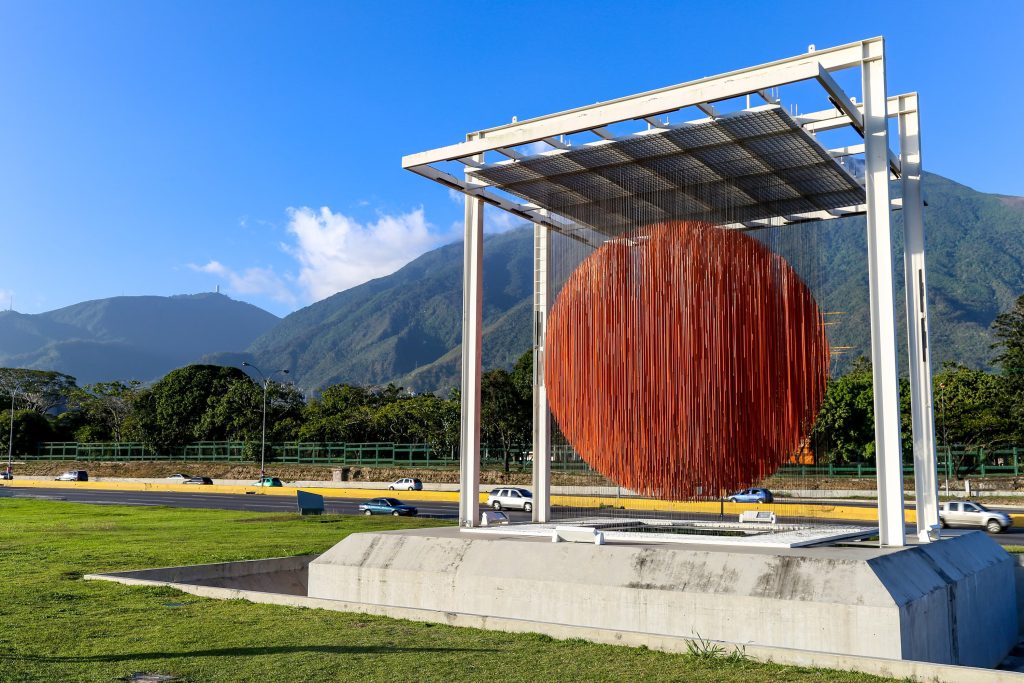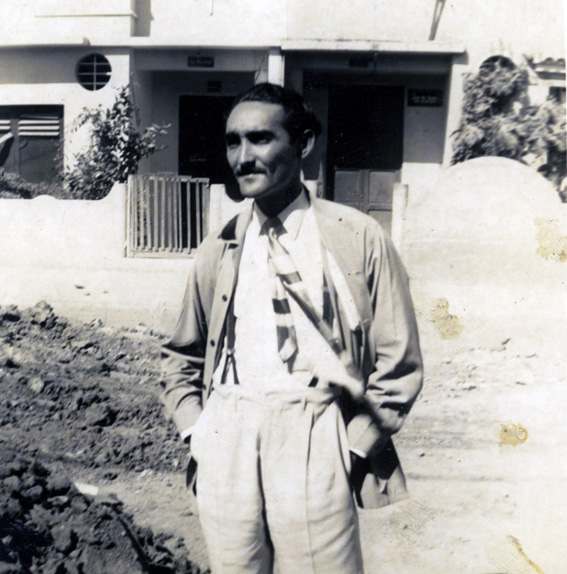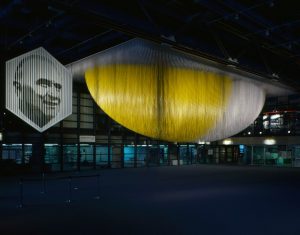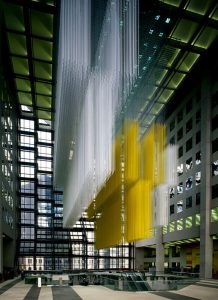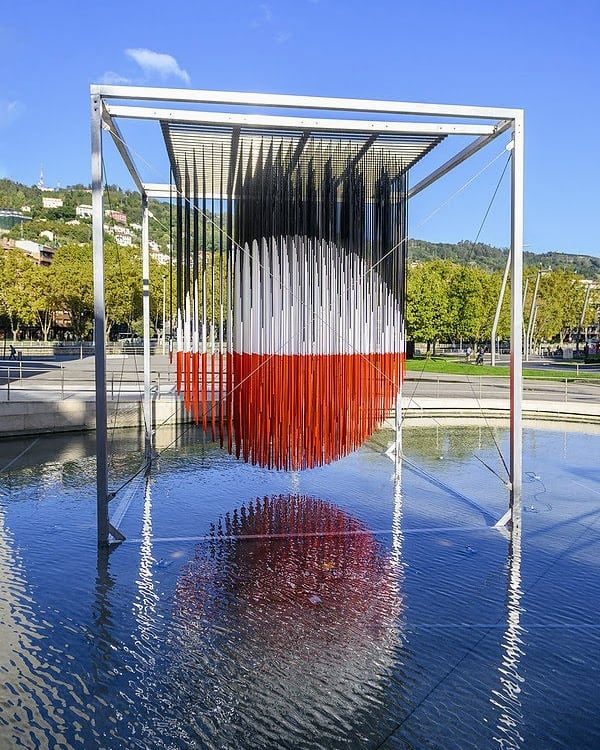Hans von Aachen,
Alvar Aalto,
Eero Aarnio,
Slim Aarons,
José Abad,
Carlos Abascal,
Agnes Dean Abbatt,
Louise Abbéma,
Edwin Austin Abbey,
Agnes Anne Abbott,
Berenice Abbott,
Ernest Edwin Abbott, Marguerite Elizabeth Abbott,
Mary Ogden Abbott,
Meredith Brooks Abbott,
Joseph Leonard Abbrescia,
Adel Abdessemed,
Basuki Abdullah,
Raphael Abecassis,
Juan Abelló Prat,
Francesc Abelló Roca,
Gertrude Abercrombie,
Alfred Aberdam,
Elizabeth Abeyta,
Tony Abeyta,
Mohamed Abla,
ABOVE,
Ivor Abrahams,
Pinchas Abramovich,
Leon Abramowicz,
Larry Abramson,
Helena Abreu,
Carla Accardi,
Andreas Achenbach,
Oscar Achenbach,
René Charles Acht,
ACIDE,
Acisclo,
Eleanor B. Acker,
Evelyn Ackerman,
Franz Ackermann,
Peter (1934) Ackermann,
Norman Ackroyd,
Miguel Acquaroni Bonmati,
Peter Adam,
Julius , Adam,
Wolfgang Adam,
Valerio Adami,
Alonzo Adams,
Ansel Adams,
Douglas Adams,
Frederick Adams,
Hermon Adams,
Kenneth Miller Adams,
Leo Adams,
Mark Adams,
Robert (1917) Adams,
Neil Adamson,
Louis Emile Adan,
Natale Addamiano,
Chas Addams,
Ramzi Adek,
William J. Adelman,
Greg Ades,
Kathleen Adkison,
Adolf Adler,
Ed Adler,
Edmund Adler,
Jankel Adler,
Myril Adler,
Jacques Adnet,
Gerard Pieter Adolfs,
Barbara Adrian,
Camillo Adriani,
Lucien Adrion,
Juan Bautista Adsuara Ramos,
Marguerite Aers,
Kusuma Affandi,
Robert Aggas,
Nicholas Africano,
Yaacov Agam,
Ronit Agassi,
Rosa Agenjo,
AGENT X,
Vincenzo Agnetti,
Christoph Ludwig Agricola,
Manuel Cabral Aguado-Bejarano,
Fermin Aguayo,
Otto Aguiar,
Alfred Aguilar,
Hector Aguilar,
Sergi Aguilar,
Ramón Aguilar Moré,
Fidel Aguilar y Marco,
Ilona Aharon,
John Ahearn,
George Twok Aden Ahgupuk,
Henry Curtis Ahl,
Lukas Ahorn,
William Harry Ahrendt, Wick Ahrens,
Weiwei Ai,
AIIROH(18)
William Aiken,
Jia Aili,
Gilles Aillaud,
Mario Airo,
Edward Aistrop,
Craigie Ronald John Aitchison,
Ivan Aivazovsky,
Eugene Aizelin,
Eugène Antoine Aizelin,
Paul Augustin Aizpiri,
Gary Akers,
Latcholassie Akesuk,
Louis B. Akin,
Anthony Akoto,
Diya al-Azzawi,
Halim Al-Karim,
John Aland,
José M. Alarcón,
Jorge Alarcón Islas,
Joan Albaugh,
Albrecht Albrecht,
Federico Aguilar Alcuaz,
Jean Michel Albérola,
Josef Albers,
Ernest (1857) Albert,
Joseph (1886) Albert,
N. Alekseev,
Rafael Alberti,
Jacob Alberts,
Leonard Alberts,
Michael Albertyn,
Franco Albini,
Enrique Albizu Perurena,
Gretchen Albrecht,
Michael Albrechtsen,
Ivan Albright,
Juan Alcalde Alonso,
Antonio Alcantara,
Julia Alcayde,
Juan Alcazar,
Ambrogio Antonio Alciati,
Manuel Alcorlo Barrero,
Eduardo Alcoy Lázaro,
Heinrich Aldegrever,
Marion Alexander,
Cecil Charles Windsor Aldin,
Zvi Jehuda Aldouby,
John Arthur Malcolm Aldridge,
Pierre Alechinsky,
Agustin Alegre,
Fermin Alegre,
Mikhail Aleksandrov,
Prokhorov Konstantin Aleksandrovich,
Arthur (1882) Alexander,
Salvador Lucas Alemany,
Marc Aleu i Socies,
José Luis Alexanco,
George (1832) Alexander,
Jesse Alexander,
John White Alexander,
Keith Alexander,
Peter (1939) Alexander,
Theodore Alexander,
Martha Joanne Alf,
Antonio Vittorio Alfieri,
Attilio Alfieri,
Harold Alfred,
Abas Alibasjah,
Peter Ysern y Alie,
Peter Aliknak,
Luca Alinari,
Ovadia Alkara,
Henry Thomas (senior) Alken,
Samuel Henry (junior) Alken,
Khalik Allah,
William (1782) Allan,
André Joseph Allar,
John Charles Allcott,
Christophe-Gabriel Allegrain,
Francesco (1624) Allegrini,
Albert Arthur Allen,
David Allen,
Greg (1958) Allen,
Jere Hardy Allen,
Mary Cecil Allen,
Georg Edmund Alleyn,
Thomas Allom,
Arieh Allweil,
Lawrence Alma-Tadema,
Anthony M. Alonso,
Robert Alott,
Jean-Paul Aloux,
Inatace Alphonse,
Glen Earl Alps,
Jakob Alt,
Francesco Saverio Raffaele Altamura,
Albrecht Altdorfer, Shlomo Alter(11)
Gabriele Ambrosio,
Graeme Altmann,
Manuel (1517) Alvarez,
Siegfried Alva,
Alvar Suñol,
Pedro Diego Alvarado,
José Alvarez Niebla,
John Alvin,
Muriel Alvord,
Jorge Alzaga,
Giuseppe Amadio,
Vito (1727) Amico,
Cecilia Garcia Amaro,
Frederic Amat i Noguera,
Gabriel Amat Pagés,
Armando Amaya,
Marino Amaya,
Christopher Gifford Ambler,
Gianni Ambrogio,
Georgios (1770) Anagnostis,
Irving Amen,
Luis Amendolla,
Emilio Amero,
Robert Wesley Amick,
Giuseppe Amisani,
Davidialuk Alasua Amittu,
Jose Ramon Amondarain,
Fernando C. Amorsolo,
Irene Amos,
Pat Amos,
John Henry Amschewitz,
Hjalmar Amundsen,
Refik Anadol,
Renato Anatra,
Emile Ancelet,
Jirí Anderle,
Finn Andersen,
Nils (1897) Andersen,
Roy H. Andersen,
Alexander Anderson,
Andreau,
Dennis P Anderson,
Gunnar Donald Anderson,
Guy Irving Anderson,
Just Anderson,
Kathy Anderson,
Lindsay Anderson,
Oscar Anderson,
Alfred Charles Stanley Anderson,
Walter Inglis Anderson,
Antonio Andivero,
Edward Andrew,
Joe Andoe,
Norma Andraud,
Gustaaf Hein Andréa,
Alex de (1871) Andreis,
Federico Andreotti,
Daisy Andrews,
Henry Andrews,
Alessandro Angolo,
Wladimir Andrussoff,
Franco Angeli,
Nick de Angelis,
Valenti Angelo,
Maya Angelou,
Anne Angelshaug,
Marc Antonio,
Peter Angermann,
Alex Angi,
Pauwels Anthonis,
Lola Anglada y Sarriera,
Henri Vincent Anglade,
Jaume Anglès Bergara,
Raúl Anguiano,
Ch. Antoine,
Pietro Annigoni,
Agustín Ansa Múgica,
Richard Ansdell,
Giorgio Anselmi,
Giovanni Anselmo,
Bonaventura Ansón Pérez,
Alexander Antanenka,
Horst Antes,
Aert van Anthonissen,
Laurent Antoine,
Otto Antoine,
J. Aragón,
Bill Anton,
Stephen Antonakos,
Piero Antonelli,
Janine Antoni,
Constantin Antonovici,
Nemesio Antúnez Zañartu,
Henry Maurice d’ Anty,
Richard Anuszkiewicz,
Roberto Arche,
Toshio Aoki,
Chiho Aoshima,
Czene Janos Apatfalvi, Johann August Arens,
Mochtar Apin,
Karel Appel(17)
Domingo Arena,
George Owen Wynne Apperley,
Andrea (1754) Appiani,
Leon Applebaum,
Krishnaji Howlaji Ara,
Esther Perez Arad,
Ron Arad,
Josep Maria Riera Arago,
Shusaku Arakawa,
Vladimir Nikolaevic Aralov,
José Jiménez Aranda,
Juan de Aranoa y Carredano,
Harry Araten,
Angelo Aretino,
Allan D’ Arcangelo,
A. Archer,
A. Arnault,
Alexander Archipenko,
Juan Archuleta,
? Arimini,
Alonso del (1625) Arco,
Fernandez Arman(14)
Edward Ardizzone,
Sofia Areal,
Francesco Arena,
J. Arnemann,
Joseph M Arentz,
Daniel (1929) Argimón,
Christian Arno,
Gabriel Argy-Rousseau,
Francisco (1911) Arias,
Avigdor Arikha,
Alfonso Ariza,
Arman,
Giuseppe Armani,
Josep Armet Portanell,
Edward Armfield,
George Armfield,
Edward Armitage,
John Michael Armleder,
John Taylor Arms,
Henry Hugh Armstead,
Bill Howard Armstrong,
Ian Armstrong,
J. Chester Armstrong,
John (1893) Armstrong,
Neil Armstrong,
Hans Arp,
Jean Hans Arp,
James Charles Armytage,
Jimmy Inaruli Arnamissak,
Antonio Arnau,
Eusebi Arnau,
Alois Arnegger,
Vilhelm Arnesen,
Robert Carston Arneson,
Curtis Arnett,
Bettina von (1940) Arnim,
Salvatore Arnò,
Eve Arnold,
A. (1835) Asher,
Matth. Ashton,
Francisco Artiga,
Raymond Arnold,
Georg Arnold-Graboné,
Per Arnoldi,
Albert Arnz,
Arie Aroch,
Ylona Aron,
Boris Aronson,
David Aronson,
José Arpa y Perea,
Carl Arp,
Jean Arp,
JOE ARRAGUTAINAQ,
Eduard Arranz Bravo,
Ricardo Arredondo,
Carlos Arriaga,
Ignacio Arriola Mallavia,
Eduardo Arroyo,
Alberto Arrue y Valle,
Antoni Vila Arrufat,
Daniel Arsham,
Ramos Manuel Artal,
Oleksij Mychajlovyc Artamonov,
Matías de Arteaga,
Aurelio Bibiano de Arteta y Errasti,
Yann Arthus-Bertrand,
Francesc Artigau,
Bartolomeu Sesinando Ribeiro Artur,
Charles Artus,
Albert Artwell,
Benji Asada,
Matei Aslan,
Inocente Asarta,
Ruth Asawa,
C. R. Ashbee,
Dan (1986) Asher,
Kenojuak Ashevak,
Kiugak Ashoona,
Koomwartok Ashoona,
Pitseolak Ashoona,
Sorosiluto Ashoona,
Julian Rossi Ashton,
Curt Asker,
Kaji Aso,
Tadashi Asoma,
Clyde Aspevig,
Autant,
Alexander Astahov,
Angelo Asti,
Christian Astuguevieille,
Gyula Asztalos,
Enrique Atalaya,
Pablo Atchugarry,
David (1910) Atkins,
William H Atkins,
Michael Atkinson,
Edward Atkyns,
Christian Ludwig Attersee,
Mabel Lucie Attwell,
George (1823) Austin,
Jean-Ernest Aubert,
Bernard Aubertin,
Albert Aublet,
Carl Aubock,
Robert van Audenaerde,
John James Audubon,
Abel Auer,
Hildegard Auer,
Philippe Auge,
Paul Augustinus,
Alix Ayme,
Gai Aulenti,
Vincenzo d’ Auria,
Richard Aurili,
Vincenzo Aurisicchio,
Winifred Marie Louise Austen,
Darrel Austin,
Richard Avedon,
Robert Sargent Austin,
Ben Austrian,
Anthony Michael Autorino,
Marcellin Auzolle,
Richard Avendon,
Milton Avery,
Abelardo Avila,
Michail Ivanovic Avilov,
Simon Avissar,
LEA AVIZEDEK,
Mordechai Avniel,
Shimon Avny,
Ben Avram,
AWIKI,
Juan Clara Ayats,
Alice Aycock,
George Ayling,
Robert Aillaud Ayo,
Emilio Alvarez Ayom,
Gillian Ayres,
Michael Ayrton,
Michael Ayrton,
Etienne Azambre,
Arie Azene,
Abdul Aziz,
Philip Aziz,
Abraham Azmon,
Guillaume Azoulay,
Shay Azoulay, Elizabeth Ravn
Carolina Fusilier
Cianne Fragione
Ethan Cook
Catalina Chervin
Mark Mulroney
Michele Abramowitz
Z.T. Nguyễn
Nicolás Leiva
Duane Michals
Stephen Bron
Larissa Bates
Mara De Luca
Eun-Ha Paek
Fanny Allié
Emma McMillan
Greg Chann
Jessica Helfand
Alan Bray
Zuriel Waters
Laurie Sheck
Hope Gangloff
Marek Wolfryd
Riley Holloway
Violeta Maya
Diane Burko
Aaron Gilbert
Rei Xiao
Elias Mung’ora
Graham Marks









